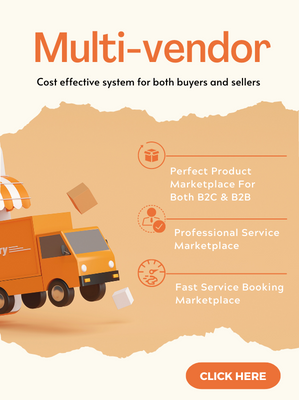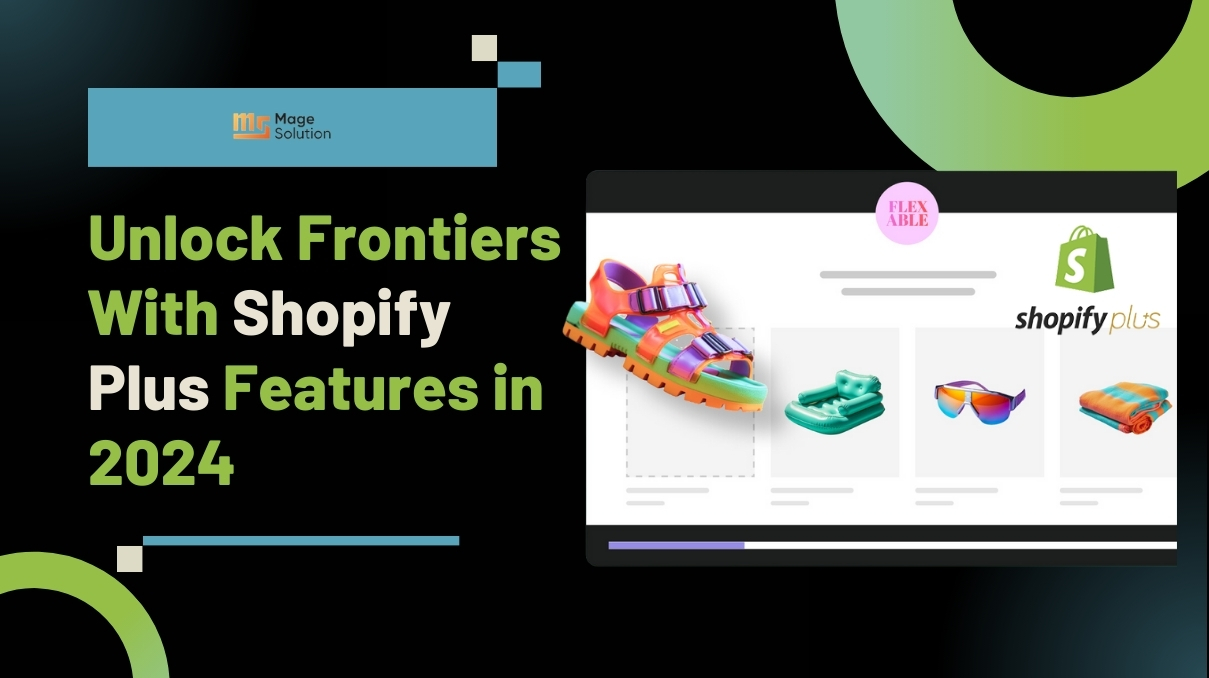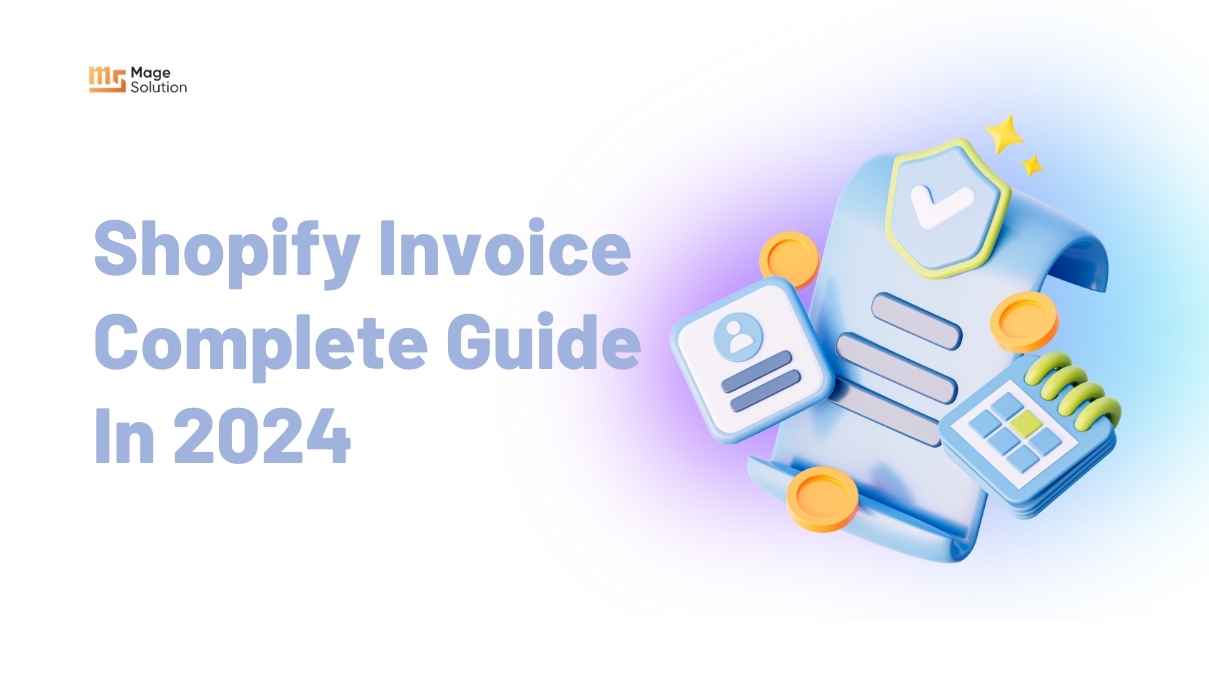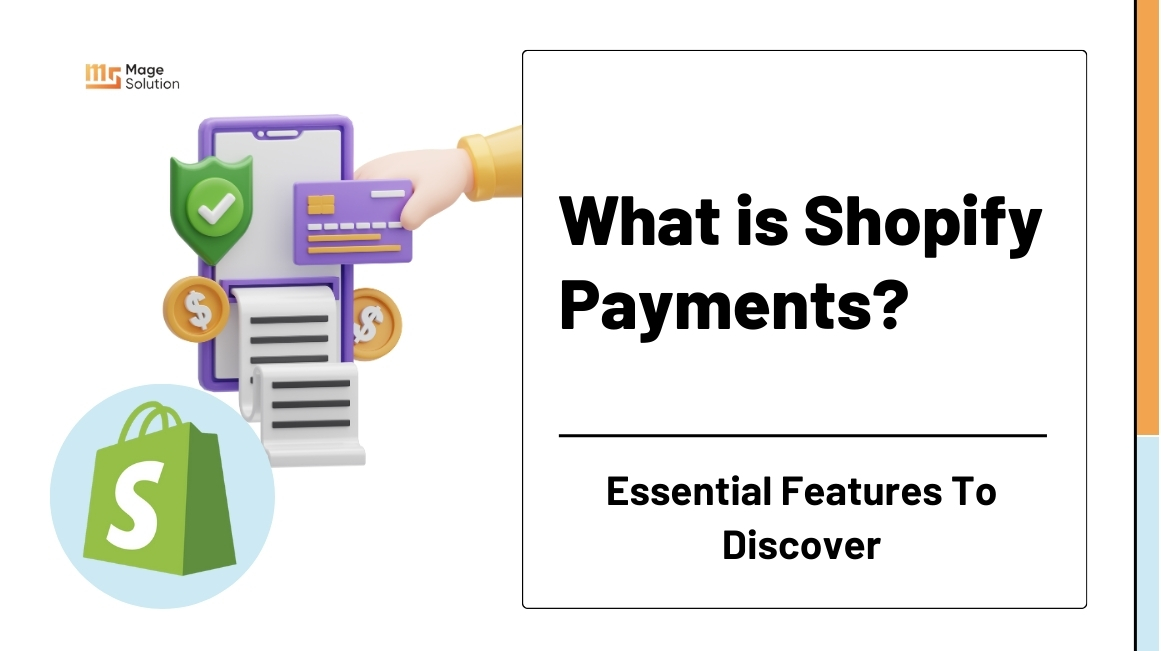Anyone can easily set up an online store on Shopify and begin taking orders. Simply make sure that you have clients that wish to purchase your goods.
Running effective marketing campaigns is crucial for this reason. No matter how fantastic your online store is or how revolutionary your items are, if you don’t perform enough promotion, no one will ever discover your company.
The good news is that marketing on Shopify is simple. You may employ a ton of different tactics to draw in more clients and increase your revenue. You can also use a ton of fantastic apps and tools to execute a fantastic Shopify marketing strategy.
In this guide, we will show you the most efficacious marketing strategies to boost your Shopify sales in 2022.
What is Shopify Marketing?
Shopify Marketing is the approach you adopt to market your Shopify store through various online channels.
A Shopify marketing strategy aims to increase brand exposure, draw in new consumers, keep track of current ones, and foster customer loyalty. Any effective marketing strategy motivates customers to visit your Shopify store and increases sales.
It makes sense for your Shopify marketing plan to be centered on digital channels as your Shopify is an online business. There are several options for channels and tactics that you may use.
In its most basic form, Shopify marketing is all about locating your clients online, bringing them to your website, and persuading them to buy something.
Best Shopify marketing strategies to significantly increase your revenue
Whatever you’re selling, here are 21 of the most effective Shopify marketing strategies to help you sell more.
1. Email marketing campaigns
One of the most crucial strategies for every Shopify business is email marketing. Email may be effective to bring in new clients, hold onto current ones, and increase revenue.
Email is a useful tactic for bringing back abandoned carts, as was already shown. Send allure offers to lost clients to entice them to come back to your shop and make a purchase.
Any eCommerce company should also have a regular email newsletter where they may provide information about new products, limited-time deals, and other helpful marketing materials.
Email marketing is very simple to use and may have a significant impact for little (or no) money. Email is one of the finest ways to encourage your current customers to come back and make another purchase since it is far less expensive to keep your present consumers than to get new ones.
Among the crucial email marketing strategies for Shopify are:
- Sending greeting emails to new clients (welcome emails get higher open rates)
- Send out marketing emails that emphasize discounts, specials, and exclusive deals. This is a crucial strategy for increasing sales.
- To find lost carts, use abandoned cart emails.
- Provide current clients with relevant order information, such as purchase confirmations and shipment updates.
Additionally, you can build up automatic email campaigns to send a consumer a series of emails based on their behavior.
Divide your email list into several categories before sending an email to promote your Shopify business. You might categorize the list depending on geographic area, demographics, and other factors. You could have a list of target consumers who haven’t made a purchase as well as existing customers.
This will enable you to promote deals and goods you know each list will find valuable by sending them customized messaging. This increases the level of interaction for your email messages.
2. Create abandoned cart recovery campaigns

Campaigns for recovering abandoned carts are used to entice customers who put your items to their carts but didn’t finish the transaction.
There is a good probability you may make a sale from these customers because they have previously expressed interest in your store. Getting sales from abandoned carts is simpler and less expensive than trying to draw in new clients.
These “lost” customers can receive thoughtful reminders from store owners to inspire them to come back and finish the transaction. Offering a discount coupon is one of the greatest tactics. Customers who have already reached the checkout page virtually ever have the option to decline this!
Although push notifications, Facebook Messenger, and SMS or email are all viable options, they are not as effective as these methods.
To save you time and ensure that you attract people back to your business to make up for missed sales, these messages may be automated.
3. Set up a referral program
One of the most effective marketing strategies for Shopify businesses is word of mouth, and the easiest way to do this is through a referral program.
A referral scheme may increase brand exposure. In a way, these initiatives have a snowball effect. One person recommends your store to two other individuals, each of them recommends your company to two more, and so on. A sizable audience will finally buy your products.
The best part is that recommendations from friends or family come across as far more genuine than brand marketing messaging. This implies that a successful referral marketing strategy may create a lot of trust for your company.
Give individuals a reason to recommend your company if you want to conduct a successful referral campaign. A sale is usually a smart move for Shopify shops. However, you might also provide further incentives, such as free delivery, complementary goods, or any other special benefit and referral giveaways are consistently effective tactics.
4. Send SMS product promotions

SMS marketing is a really effective strategy for Shopify business owners that is completely neglected. Only 11 percent of firms send out SMSs, despite the fact that 54% of clients prefer SMS over email marketing.
Most SMSes are opened by the recipient. This implies that you will be able to get a lot more interaction with Shopify marketing than you would with email. It’s the closest communication channel you have with a client.
You can launch SMS messages in a matter of seconds with the correct Shopify app. Increased engagement and extraordinarily quick open rates are the outcomes of these initiatives. Additionally, you won’t need to be concerned about SMS messages landing in the spam folder.
Send out marketing messages like sales and discounts with Shopify’s SMS marketing feature.
- Transactional information, such as order confirmations and delivery updates, should be sent.
- Communicate with customers via SMS
- Send out cart abandonment notifications
- Make customized offers to certain clients.
- Describe your product giveaway
- Others.
5. Include customer reviews
Customers look for reviews first before buying. Customers will find it difficult to trust your brand without reviews.
Making reviews prominently displayed on your product pages will have a significant influence on your sales since they are a powerful trust indicator. This is necessary to build social proof for your brand.
According to Brightlocal, 94 percent of customers are more inclined to use a firm after reading favorable feedback.
However, even if a product doesn’t have stellar evaluations, the client may still learn useful first-hand knowledge from the reviews. Even unfavorable evaluations can increase client confidence, but a lack of reviews causes them to doubt the integrity of the product.
Attempt to always include reviews on the product and checkout pages.
You’ll need to utilize a review app from the Shopify app store to do this. Positive testimonials can also be posted on your website or other pages on social media. Use your customer communication channels to promote reviews after you’ve set this up. After shipping the goods, send an SMS or email asking the consumer to provide an honest evaluation. To encourage more evaluations for your shop, you might even provide a gift or a discount.
6. Apply an Instagram feed to your Shopify store
This tactic for using social evidence is helpful and is based on the same principle as reviews. Online consumers may view useful user-generated material and examples of your items in actual settings by adding a prominent Instagram feed to your site. Imagine your Instagram feed as a retail model. A consumer decides they need a dress after seeing it on someone else in your Instagram feed and thinking it looks wonderful.
Social media increases consumer confidence by showcasing satisfied consumers and seeing your items in use. Positive user-generated material will have the same impact as a 5-star review if you share it in this Instafeed. It’s simple to prominently display RSS feeds on your site so that online buyers may learn more about your goods and company.
You can link your Shopify storefront to Instagram and build a shoppable Instafeed using a Shopify marketing app like Instafeed.
7. Automate your Shopify marketing strategies
One of the best aspects of using Shopify as a platform is the ability to use integrated Shopify applications to automate a lot of your chores.
This allows you to focus on growing your Shopify business while time-consuming marketing activities run automatically, saving you precious time and effort.
The following is a list of some of the activities you may automate to save time:
- Campaigns to reclaim abandoned carts might help you regain lost sales. You’ll be able to recover a lot more buys without making any effort if you set these messages to go out automatically when clients leave their carts.
- Social media marketing: Shopify store owners may link their stores to social media networks with a simple click and post merchandise there. Using Shopify applications, you can also create stores on Facebook, TikTok, and Instagram, where your inventory will be updated immediately and made accessible for purchase.
- Customer engagement: Regular automatic updates will keep your clients and potential clients interested in your company. Email correspondence, automated retargeting and remarketing campaigns, online push, and other media are examples of this. With the appropriate Shopify app, you can automate the sending of welcome emails, product updates, and just about anything else.
- Internal communication and project management: By linking your Shopify business with tools like Slack, Trello, Google Sheets, Airtable, and more, you can simply keep track of your Shopify store and inventory. Your cross-functional projects, sales, customer interactions, marketing initiatives, and more are all tracked by this.
8. Start a customer loyalty program
A customer loyalty program is a genius Shopify marketing tactic for creating a base of happy clients who keep coming back for more.
You’ll keep clients coming back for more if you have a strong loyalty program in place. When compared to trying to bring in new clients with every transaction, this is much more cost-efficient and productive. You must ensure that you provide them with something worthwhile if you want your loyalty program to be effective. This might take the form of rebates for returns, rewards for testimonials or friend referrals, providing access to things only available while supplies last, and more. Easy sign-up processes and rewards redemption are prerequisites for successful loyalty programs.
Here are some tips for developing a successful Shopify loyalty program:
- Make the loyalty program accessible to everyone, regardless of whether they bought anything. Instead, enlist their participation in the loyalty program by subscribing them to emails or push notifications.
- In your loyalty program, you may give out prizes other than discounts and points. Free delivery, free merchandise, and free consultations are all excellent motivators.
- Ask consumers what kinds of incentives they desire in a survey to create the most successful loyalty program.
It’s easy to set up a loyalty program for your Shopify business. Numerous outstanding reward program applications are accessible and may be integrated with your Shopify business.
9. Pinterest
Pinterest is famous as one of the top social media channels for eCommerce marketing strategies.
This is due to the extremely high purchase intent of Pinterest users. Numerous people use Pinterest to look for items and product ideas. If you utilize Pinterest effectively, you may direct these visitors to your checkout page. Use Pinterest to promote your Shopify business by posting attractive photographs of your goods there. Even product tags are an option for your pins. By using this, customers may click a picture of a product and be transported directly to the checkout page.
This is a fantastic approach to encourage customers to find your items and purchase them all during a single browsing session. To attract potential buyers, include the URL of your online store in your Pinterest profile, take the time to write captivating descriptions about your items, and make a variety of distinct product boards.
10. Run ads on Google and social media

Unfortunately, if you want to create a lot of revenue, you can’t only rely on free internet visitors.
Fortunately, there are several great paid advertising efforts that enable you to reach a large audience and provide a superior ROI. Because it may put your items in front of lots of people very fast, this is frequently the first Shopify marketing approach many merchants adopt.
The greatest sites to start running advertising campaigns are on Google and Facebook. Here, you can run advertisements for approximately $5 per day and make respectable sales. So, if you’re looking for a quick way to drive visitors, advertisements can be your best option. The following are some of the top paid advertising tactics for Shopify stores:
- Google retargeting ads: These advertisements are displayed to customers who have previously visited your business and expressed interest in your goods.
- Google Shopping Ads: To demonstrate to clients that conduct extensive online product research
- Facebook ads – are excellent for impulsive purchases. They are especially effective with cheaper goods.
Although paid advertising for Shopify might produce quick results, it is not without cost. Additionally, if you don’t know how to properly manage your advertisements, you might wind up spending more money than your ads earn.
11. SEO
You should concentrate on SEO if you don’t want to spend a lot of money on sponsored advertising.
You can drive a ton of targeted traffic to your shop if you do content marketing and SEO correctly. This traffic is entirely gratuitous and it will continue to occur continuously.
Paid Google advertising gets quick results, however SEO requires more time and work. The benefit is that you can produce long-term results and don’t have to pay for traffic.
A lot of of shopping trips begin with a search engine. You’ve already won over a lot of prospective consumers if your store appears at the top of the relevant search results.
Despite the fact that you may also optimize your product pages for search engines, SEO is mostly focused on blog content marketing. Your eCommerce website’s pages should all be optimized for the proper keywords. Make sure to concentrate on search terms that are relevant to what the website offers.
Listed below are a few SEO recommended practices for your Shopify store:
- Focus on top funnel keywords because they receive more searches.
- Verify the speed of your suite. This is important for SEO.
- Concentrate on long-tail keywords that consumers might type in to discover certain items.
- Ensure that all of your website’s photos are optimized for search as these keywords have a greater buying intent.
- When creating product descriptions, include as many relevant keywords as you can while still being highly detailed.
- Interlink your category and product pages with other websites in an effort to gain backlinks.
Additionally, Shopify users have access to a number of built-in SEO capabilities. The URL structure must be established, every image must have alt text, and your meta titles and meta descriptions must be optimized, among other things.
12. Set up an affiliate marketing campaign

A successful Shopify marketing strategy includes affiliate marketing. This is when you hire affiliates to market your goods on your behalf, and you only compensate them upon a sale.
This has the enormous benefit of not wasting any marketing funds. Because you only pay for profitable sales, affiliate marketing always has a high return on investment. All you have to do is build up a compelling affiliate program that includes paying an associate a fixed fee or a percentage of each transaction. Contact the appropriate affiliates and invite anybody who wants to promote your shop to join your affiliate program.
Bloggers, influencers, YouTubers, and even famous people may be affiliates. Up until a sale is made, you won’t need to perform any advertising effort or spend any money. It’s the ideal marketing plan for eCommerce company owners that are busy. Consider Amazon. With millions of affiliates advertising their products all around the world, they have the largest affiliate marketing network.
13. Employ community marketing strategy
Social media marketing is distinct from community marketing. You join an existing online community rather than developing your own community around your business. There are a huge variety of online groups devoted to particular hobbies. Just take a look at platforms like Facebook groups, Reddit, or Quora.
Shopify store owners may utilize these venues to forge real connections by joining groups that are pertinent to their target audience. Join discussions, add your wisdom, and provide insightful information. You may utilize these platforms to create a lot of trust and setup a solid brand reputation by publishing frequently. Use the community to advertise your online company when the time is right.
You are aware that the area is teeming with people who enjoy the same things as you do, making it easier for you to turn them into customers with a little persuasion.
14. Make social media posts
One of the best methods to reach a large audience and expand your clientele is through social media.
Don’t limit your use of social media in your marketing approach to just promoting your items. Produce interesting content that motivates and connects with your audience. You may employ a wide range of tactics for social media marketing. Using influencers, sharing your brand’s narrative, participating in hashtag competitions, producing informative content for your niche, distributing corporate updates, offering product discounts, and other things fall under this category.
When using a network like TikTok, it’s usually a good idea to inject some personality into your social media. Use social media to broaden your Shopify marketing approach as you publish content. Present your goods in a fresh approach, and make an effort to collect some user-generated material.
If you use social media effectively, you may attract thousands of new clients to your business.
15. Run a giveaway on social media

Product giveaways are one of the strongest techniques for eCommerce businesses on social media. Giveaways are a great way to spread the word about your business, raise brand and product recognition, and get customers into your store. Product giveaways are another approach for e-commerce shops to gain popularity and provide useful user-generated content. You just need to look at a few well-known TikTok competitions to understand how much attention the appropriate #hashtag challenge may get you.
Everyone who participates in your offer has an interest in your goods, making them simple marketing targets. Send out a 10 percent discount voucher to all participants after the contest has ended. A discount can be precisely what they need to get them to buy your goods since it’s on their minds and they wish they had won it.
16. Advertise your products on blog posts
The blog software on Shopify is a fantastic feature. A blog can be added to any Shopify user’s website. This is a great approach to generate organic traffic and carefully market your items. Write informative blog posts for your niche, making sure that these posts are SEO-friendly and focused on the right keywords. Add your goods to this blog article.
This strategy is not obviously successful, but it will assist you in locating a fantastic opportunity to market your goods to a captive audience. Find an issue that your product can answer. In a blog post, discuss this issue and suggest your product as a fix. It is a low-risk marketing technique that needs little (or no) funding. Additionally, if your blog article performs well in search engine results, it may bring you a lot of visitors and clients over time.
17. Send promotional push notifications
Do your marketing initiatives use push notifications? They’re a fantastic method to send quick and impactful marketing messages that can drive plenty of traffic to your company.
Unlike emails, push notifications are sent straight to your customers’ browsers, ensuring that they won’t miss anything. This suggests that you can always deliver the message you want to, and people will always see it. Various discounts and information about stores may be distributed via push notifications. Send out any other information that would be of interest to consumers, such as product discounts, sales alerts, new product updates, etc. Simply download a Shopify push notification app to start gathering subscribers. It’s a smart move to provide subscribers a discount.
18. Partner with other companies’ branding
It’s not necessary to view other Shopify companies as competitors. You may cooperate and build partnerships to reach a larger audience and increase sales. Look for a company that complements your own, and collaborate on a promotion or giveaway.
Let’s pretend you offer sportswear as an illustration. You can collaborate strategically with another health/fitness brand to develop a product bundle, such as a supplement company or a retailer of yoga mats. Each brand will advertise to a comparable audience that you both share. It benefits both parties.
This is a simple technique to greatly increase your reach.
19. Use video to promote your products
One of the finest methods to showcase and advertise your items is through video. Short-form video currently dominates social media content. Everyone is creating entertaining videos thanks to TikTok, Instagram Stories, and Reels.
These films may be created remarkably quickly and simply. You don’t need to be a skilled video editor or employ a production crew. Simply keep up with the latest styles and enjoy them.
Take some amusing photos of your stuff, add current music, and repeat. You will get more skilled at making these films as you produce more of them.
Additionally, these videos are the ideal method to get viral in addition to being entertaining and interesting. Reels and TikToks have better reach on both Instagram and TikTok if you look at the algorithms for those two networks.
20. Sell your products on social media
Other than their website, Shopify shops may make sales. The ability to connect your Shopify store to other social media networks and sell your items therein is one of the platform’s biggest features.
Social commerce makes it easier for customers to shop by allowing product discovery and purchases without needing them to leave the social media platform. Below is a list of the many strategies for selling on social media platforms.
Facebook Shops function makes it the most popular social commerce platform.
Anybody with a business profile may open a free Facebook Shop that is integrated with your Shopify product catalog. Either your eCommerce platform can accomplish this automatically, or you may upload information via a spreadsheet. Through Messenger, buyers and sellers may effortlessly communicate using Facebook’s social commerce platform. Your brand may be able to connect and interact with its consumers quite effectively through this. Facebook is an excellent place for users to naturally locate goods that interest them.
The mobile app effectively enables organic discovery, and customers may complete their transaction from discovery to buy within the same app.
Ecommerce business owners may sell their goods directly on Instagram thanks to Instagram Shopping.
An Instagram shop operates similarly to your standard online storefront. To put this up, you simply need an online store and a business/creator account. Customers may explore and purchase your items without leaving Instagram once your Instagram store is operational.
You may quickly add new themes, collections, and carefully chosen goods to your Instagram Shop. New arrivals, seasonal trends, and best-sellers may all fall under this category. Customers who visit your Instagram Shop have the option of making straight purchases through Instagram checkout or visiting your Shopify website. A modest fee is paid when customers use Instagram Checkout to make a transaction. Other than that, creating an Instagram Shop is costless.
You may create product pages for your Instagram Shop just as you would for your web store. Your product description, pricing, and other details are included in these product listings.
Here are some of Instagram Shopping’s features and many applications:
- Shoppable Posts: Instagram product tags may be integrated into your business. Similar to how you would tag individuals in a post, you can tag items as well. When users touch a product tag, they are taken to the appropriate product page.
- Shoppable Stories: You can utilize product tags in your stories, just like you do in shoppable posts, to drive more customers to your store.
- Shoppable Ads: If you want to advertise your items to a larger audience, you can also utilize product tags in Instagram ads. You may do this by boosting shoppable content or configuring it in the Ads Manager.
- Live shopping: This might be a great way to debut new products and increase sales of a certain product in the present. Your product tags on your live broadcast might lead visitors to your store after the show.
- Shopping Tab: The Instagram Shopping Tab is a fantastic tool for promoting your products and business. Users may identify relevant products and brands through this category, so by adding yours, you’ll make yourself more visible to potential customers.
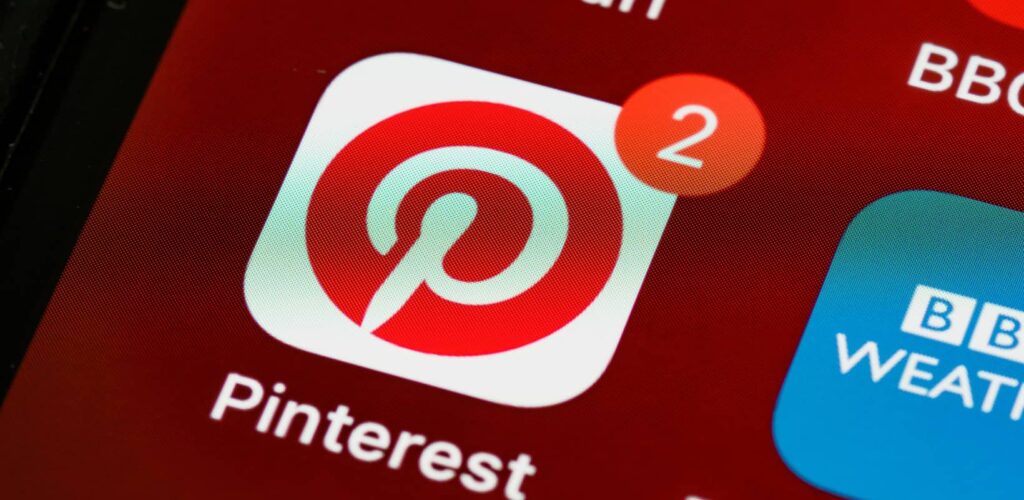
A well-liked internet selling site is Pinterest. Since no transactions may be made directly on pins, Pinterest isn’t exactly a social commerce site. Users are instead sent to a product-specific landing page where they may finish their transactions. However, 89 percent of Pinterest users utilize the site to get shopping ideas.
With Shoppable Pins, social commerce on Pinterest is possible. Users may just touch on your product image to be sent to a product purchase page thanks to these pins’ direct links to your eCommerce items.
The visual appeal of Pinterest makes it a great place for brands to show off their products online and attract paying customers. Pinterest also has a link to Etsy, which can make it easier to use the social media platform to boost your Etsy store sales.
Pinterest is a fantastic platform for businesses to showcase their goods online and draw in paying clients because of its aesthetic appeal. Additionally, Pinterest has a link to Etsy, making it simpler to leverage the social media site to increase sales for your Etsy business.
TikTok
The newest social commerce platform, TikTok, offers a collaboration with Shopify. TikTok now has organic product discovery and shopping tabs thanks to this new cooperation. It only allows sales made through Shopify accounts.
TikTok, one of the social media networks with the quickest growth, is unquestionably a location to consider for social media marketing. Reaching a sizable new consumer base is quite possible with its new social commerce function.
21. Influencer Marketing
One of the most popular Shopify marketing strategies now affecting B2C firms is influencer marketing. The ROI is also among the best.
Influencers are one of the best strategies for an eCommerce company to start selling to a larger audience. Customers have a higher level of faith in influencers than they do in businesses, and they have much greater influence over whether or not their followers decide to buy anything.
Small businesses don’t have to be unable to connect with influencers. You may work together to market your items with smaller micro-influencers. These more modest influencers frequently have more engaged audiences and are even more persuasive.
Make sure the influencer you want to collaborate with has the same target market as your company. The fact that there are so many influencers, each of whom targets a distinct market, is fantastic.
Above their number of followers, it’s a good idea to consider the influencer’s levels of involvement. Better than a big, neutral following is a smaller, more active one.
We also have posted informative articles showing how to deal with Shopify fraud chargebacks and minimize these risks, and guide to securing your Shopify store on our blog page. Find more here.
Have you chosen your best suitable Shopify marketing strategies?
We have provided you with best Shopify marketing strategies to help boost Using a mix of these strategies is best. However, don’t try to do too much at once. Rather master a few marketing strategies than attempt them all without seeing results. Be aware that every firm has a distinct audience and needs a distinct marketing strategy before you jump in and try employing them all. Start by getting to know your clients, their buying preferences, and what they need from a company like yours.
If you need help with your Shopify marketing strategy but don’t have the time, Magesolution is here to help. With Magesolution, you can get a full Shopify development service which significantly contribute to the success of your online stores. Feel free to CONTACT US right now!
